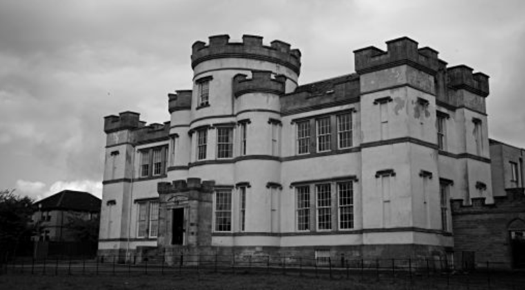
David (a pseudonym), a former resident of Smyllum House — a Catholic care home run by the Daughters of Charity of St Vincent de Paul — has alleged a six-year-old boy died after a nun kicked him repeatedly in the head during years of sexual and physical abuse there. The former resident (David) said that nuns and staff oversaw a regime of terror at Smyllum House. In later life, David was diagnosed with post-traumatic stress disorder, which left him flying into uncontrollable rages.
Almost three months ago, it was revealed that up to 400 boys and girls who had lived at Smyllum, which closed down in 1981, had been buried in unmarked mass graves after dying at the home, often from TB, pneumonia and pleurisy, and mostly between 1870 and 1930. David gave evidence on the first day of oral testimony about abuses at three care homes run by the Daughters of Charity. He said that physical abuse of children was routine in the home, including beatings, slaps to the head, and verbal abuse for the slightest mistake.
David claims that his six-year-old friend, Sammy Carr, was hospitalized after a nun flew into a rage at him in the early 1960s. After that, the boy was taken into an ambulance after 10 days in the Smyllum House sick bay. The same nun later took David to see his friend’s freshly dug grave. Medical evidence about Sammy Carr’s death suggested that Carr may have had a fungal brain infection, perhaps brought on by malnutrition. There was no evidence in the postmortem linking that to an assault.
Fergie (also a pseudonym), another resident who arrived at Smyllum in 1960 as a baby, said bedwetting — which was endemic for the children there — would result in a cold bath and the ritual humiliation of the soiled sheet being tied around their necks.
John Scott QC, a lawyer for the campaign group In Care Abuse Survivors (Incas), said that the ‘Smyllum way’ became shorthand for wicked abuse. “The ‘Smyllum way’ did not involve only one or two abusers. It did not just last for a short time. It involved many abusers and took place over decades. It seems to have become part of the institutional memory in the place, for abusers and children alike,” he said.
Photo Credits: The Sunday Post
